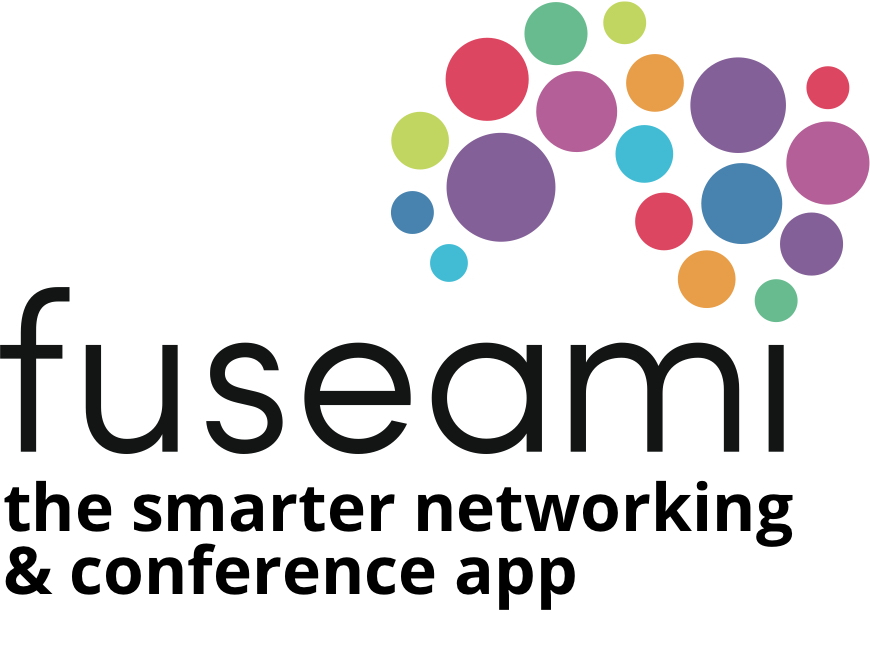Program
LIST OF ACCEPTED PAPERS
Performance Comparison of Non Delay Tolerant VANET Routing Protocols
 - Ilker Basaran, Ege University
- Ilker Basaran, Ege UniversityAn Alternative Approach to Mobility Analysis in Vehicular Ad Hoc Networks
 - Bahadir K Polat, Marmara University
- Bahadir K Polat, Marmara UniversityResource Allocation Using Nucleolus Value in Downlink LTE Networks
 - Samia Dardouri, ENIT
- Samia Dardouri, ENIT
- Hasan Bulut, Ege University
Abstract: As an emerging technology, Vehicular ad hoc networks (VANETs) aim to increase safety and comfort of driving in highways and urban streets. The conventional measures taken have a positive effect on the decline of casualties and injuries incurred by the accidents. But the number of incidents in the traffic still remains stable. VANETs intend to overcome this problem by providing additional information to the driver, thus allowing him to react faster and better in adverse situations. In order to achieve this, VANETs require efficient routing protocols for message transmission among vehicles. In this paper, we explore the performances of four prominent non-delay tolerant routing protocols, namely GPSR, GPSR+AGF, GSR, and GPSRJ+. Although relatively outdated, these protocols are initial inspiration to many routing methods and commonly used as comparison benchmark when a new routing protocol is to be introduced. The evaluation metrics that are used are Packet Delivery Ratio, Average Delay, Traffic Control Overhead, and Average Hop Count.
- Mujdat Soyturk, Marmara University
Abstract: Understanding vehicle mobility is essential for devising successful protocols for vehicular communications. Vehicles move at varying speeds on roads whose complexities range from plain highway lanes to urban boulevards with intersections/circles, traffic lights and various points of interest on them. This mobility pattern combined with vehicle density fluctuations depending on location and time makes understanding the vehicular mobility a challenging task and leads to vehicular communication solutions which are incomplete or low-performance. In this paper, we propose an alternative method for vehicular mobility analysis. We attempt to extract the spatio-temporal vehicular mobility characteristics of large, complex geographical areas by dividing them into cells and analyzing on these cells certain metrics that are of interest for vehicular communication. We first discuss the logic behind our approach. We then present definitions of the metrics used by the proposed analysis method. We conclude with a demonstration of the results achieved when the proposed method is applied in the analysis of a large scale mobility trace.
Abstract: The QoS (Quality of Service) requirements of real time (RT) applications are within the most important challenges that LTE (Long Term Evolution) must provide. However, due to the limited radio resources, it is important to take advantage of these resources efficiently. User traffic can be classified into two main classes which are RT (Real Time) and NRT traffic. To respond to RTs QoS requirements, resource allocation steps must be as optimal as possible. This paper proposes a scheduling algorithm in two levels based on cooperative game theory, aiming at improving performance and justice in the distribution of radio resources. Simulations demonstrate that the proposed algorithm improve the level of the system's QoS more effectively than other algorithms under the circumstance that guarantees users minimum QoS requirement.



